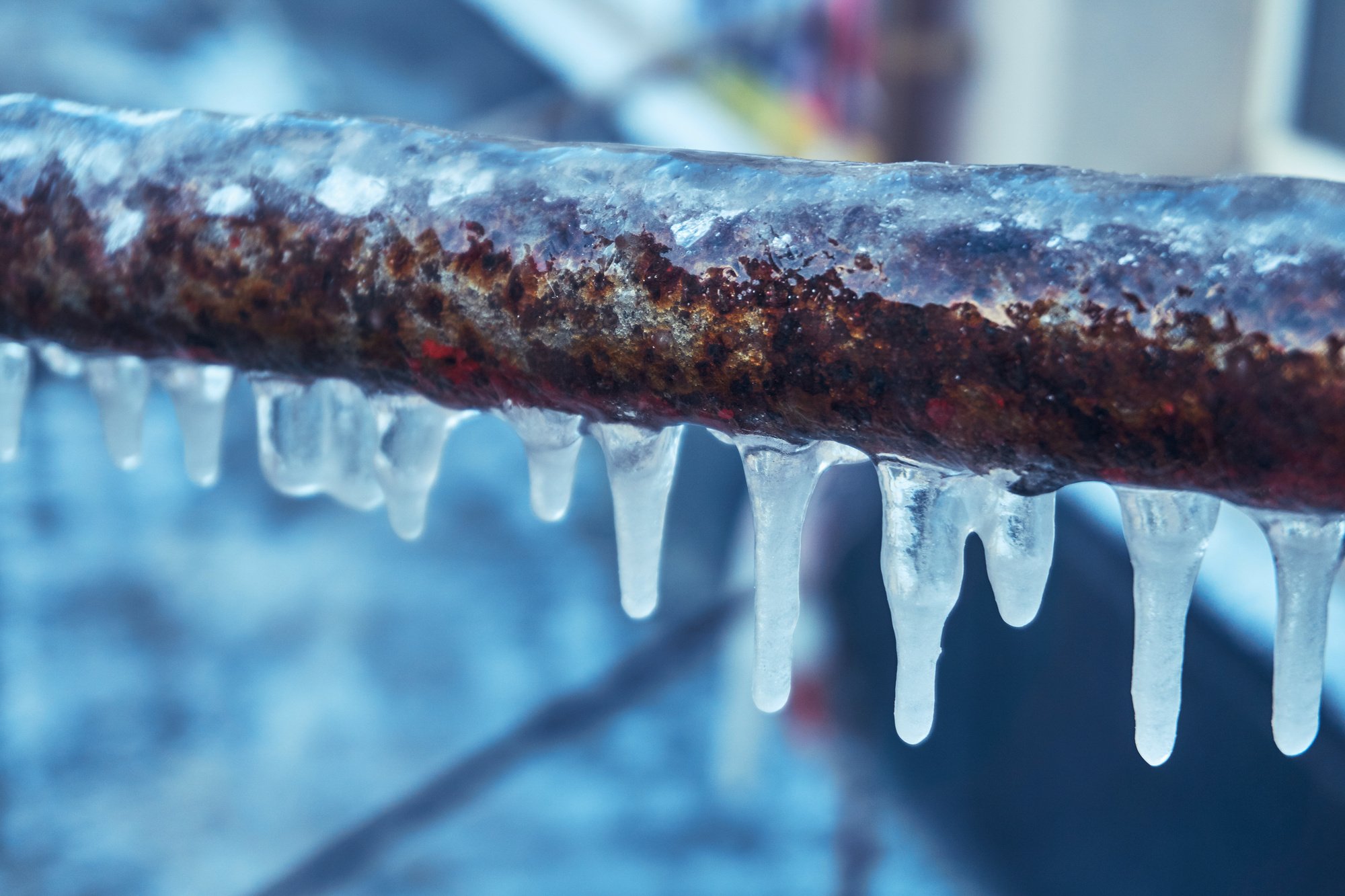Key Strategies for Avoiding Frozen Plumbing in Cold Weather
Key Strategies for Avoiding Frozen Plumbing in Cold Weather
Blog Article
The content below on the subject of Winter Plumbing Precautions: Preventing Frozen Pipes is definitely informative. You should investigate it.

Cold weather can wreak havoc on your plumbing, particularly by freezing pipes. Right here's how to stop it from occurring and what to do if it does.
Intro
As temperatures decline, the risk of frozen pipes increases, potentially causing pricey repair work and water damages. Recognizing how to prevent frozen pipes is crucial for homeowners in chilly climates.
Comprehending Frozen Pipelines
What causes pipelines to freeze?
Pipelines freeze when exposed to temperature levels listed below 32 ° F (0 ° C) for prolonged periods. As water inside the pipelines ices up, it broadens, taxing the pipeline walls and potentially causing them to burst.
Dangers and problems
Frozen pipelines can lead to supply of water disturbances, residential or commercial property damage, and pricey repair services. Ruptured pipes can flooding homes and cause substantial architectural damages.
Indicators of Frozen Water Lines
Recognizing frozen pipes early can prevent them from breaking.
Exactly how to determine frozen pipes
Look for lowered water flow from faucets, unusual smells or sounds from pipes, and noticeable frost on subjected pipelines.
Prevention Tips
Protecting at risk pipelines
Wrap pipelines in insulation sleeves or make use of heat tape to secure them from freezing temperature levels. Focus on pipes in unheated or exterior areas of the home.
Home heating techniques
Keep interior spaces effectively heated, especially areas with pipes. Open closet doors to allow warm air to distribute around pipelines under sinks.
Shielding Outdoor Plumbing
Garden tubes and exterior taps
Separate and drain pipes yard tubes prior to winter months. Mount frost-proof faucets or cover outside taps with insulated caps.
What to Do If Your Pipes Freeze
Immediate activities to take
If you presume icy pipes, keep taps open to ease stress as the ice melts. Make use of a hairdryer or towels taken in warm water to thaw pipelines gradually.
Long-Term Solutions
Architectural changes
Think about rerouting pipes far from exterior walls or unheated areas. Add extra insulation to attic rooms, cellars, and crawl spaces.
Upgrading insulation
Buy high-quality insulation for pipes, attic rooms, and walls. Appropriate insulation assists keep consistent temperature levels and reduces the danger of frozen pipes.
Verdict
Preventing frozen pipelines requires positive procedures and fast responses. By understanding the reasons, signs, and preventive measures, property owners can secure their pipes during cold weather.
5 Ways to Prevent Frozen Pipes
Drain Outdoor Faucets and Disconnect Hoses
First, close the shut-off valve that controls the flow of water in the pipe to your outdoor faucet. Then, head outside to disconnect and drain your hose and open the outdoor faucet to allow the water to completely drain out of the line. Turn off the faucet when done. Finally, head back to the shut-off valve and drain the remaining water inside the pipe into a bucket or container. Additionally, if you have a home irrigation system, you should consider hiring an expert to clear the system of water each year.
Insulate Pipes
One of the best and most cost-effective methods for preventing frozen water pipes is to wrap your pipes with insulation. This is especially important for areas in your home that aren’t exposed to heat, such as an attic. We suggest using foam sleeves, which can typically be found at your local hardware store.
Keep Heat Running at 65
Your pipes are located inside your walls, and the temperature there is much colder than the rest of the house. To prevent your pipes from freezing, The Insurance Information Institute suggests that you keep your home heated to at least 65 degrees, even when traveling. You may want to invest in smart devices that can keep an eye on the temperature in your home while you’re away.
Leave Water Dripping
Moving water — even a small trickle — can prevent ice from forming inside your pipes. When freezing temps are imminent, start a drip of water from all faucets that serve exposed pipes. Leaving a few faucets running will also help relieve pressure inside the pipes and help prevent a rupture if the water inside freezes.
Open Cupboard Doors
Warm your kitchen and bathroom pipes by opening cupboards and vanities. You should also leave your interior doors ajar to help warm air circulate evenly throughout your home.

As a devoted person who reads about How to prepare your home plumbing for winter weather, I assumed sharing that piece of writing was a smart idea. Feel free to take the opportunity to promote this blog entry if you liked it. I appreciate reading our article about Prevent Frozen Pipes .
Course Detail Report this page